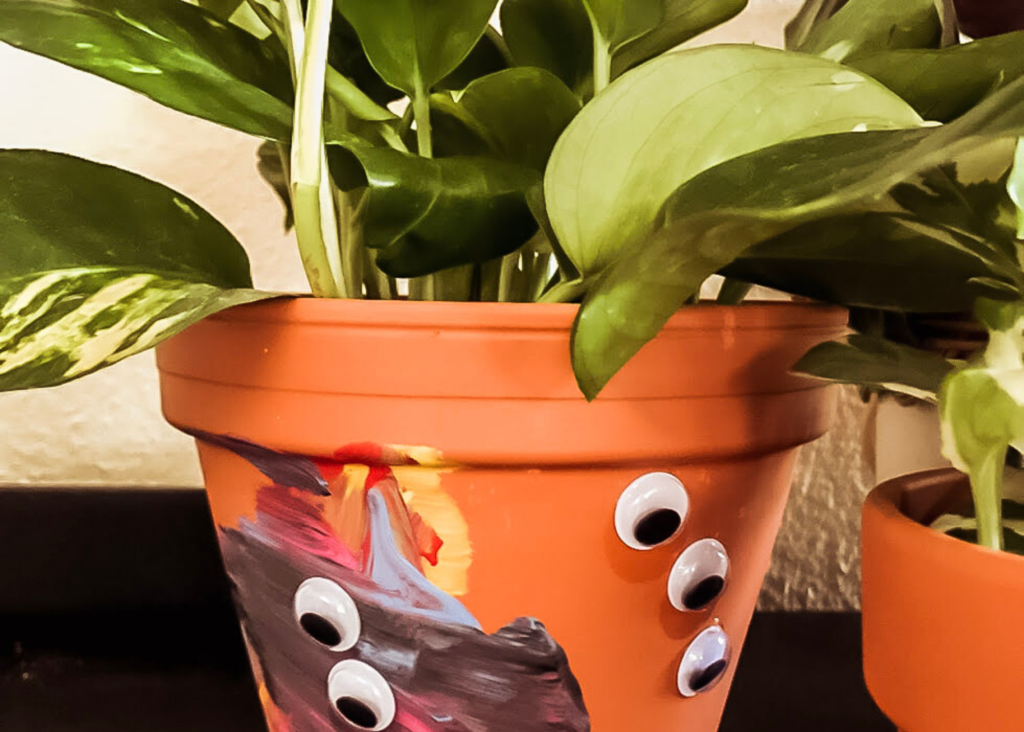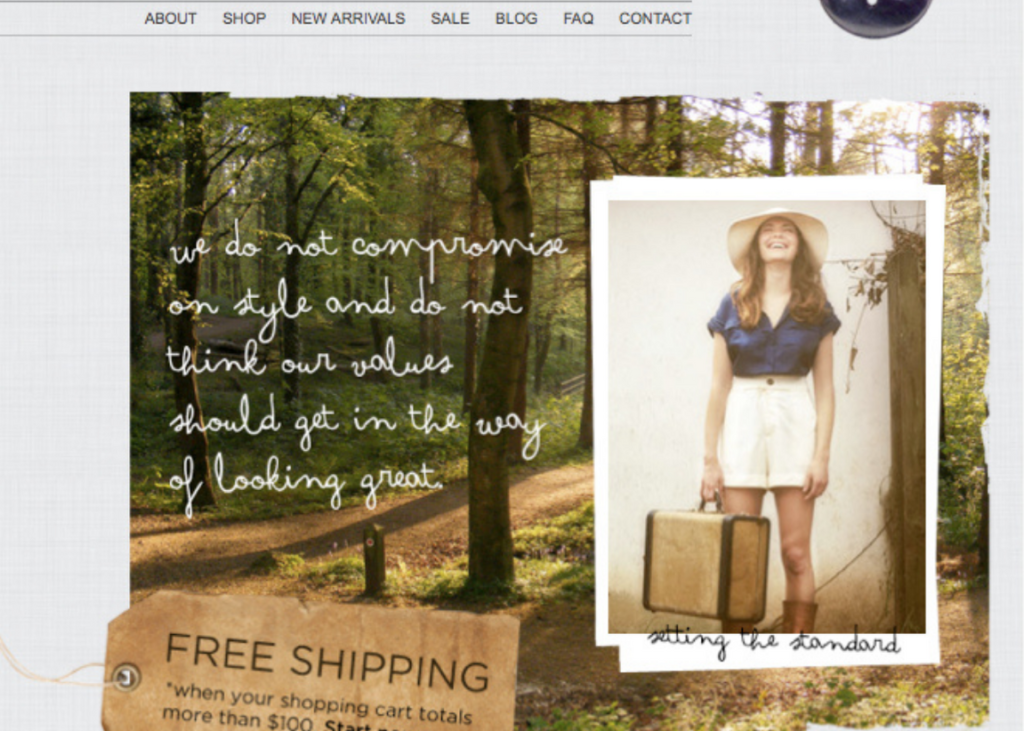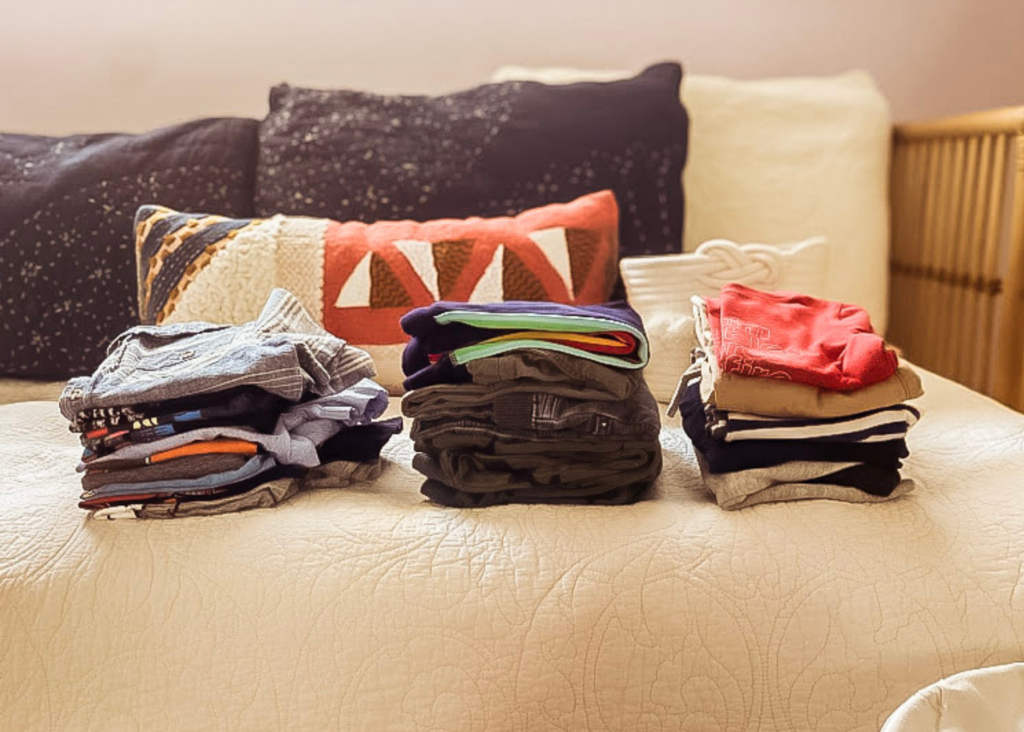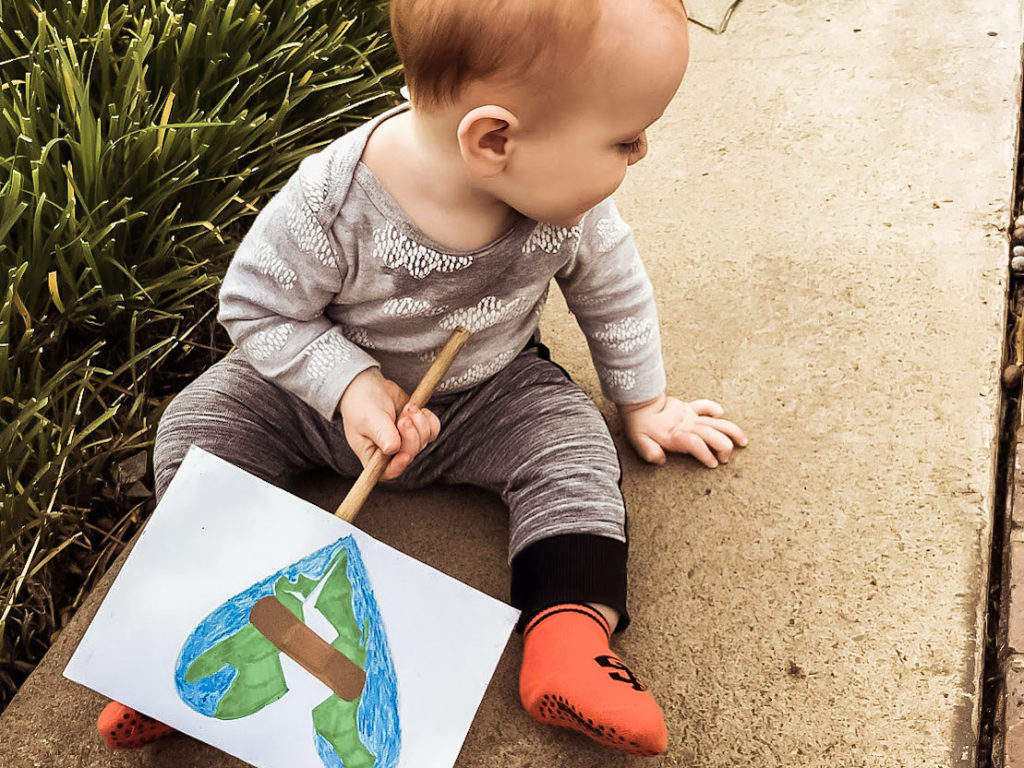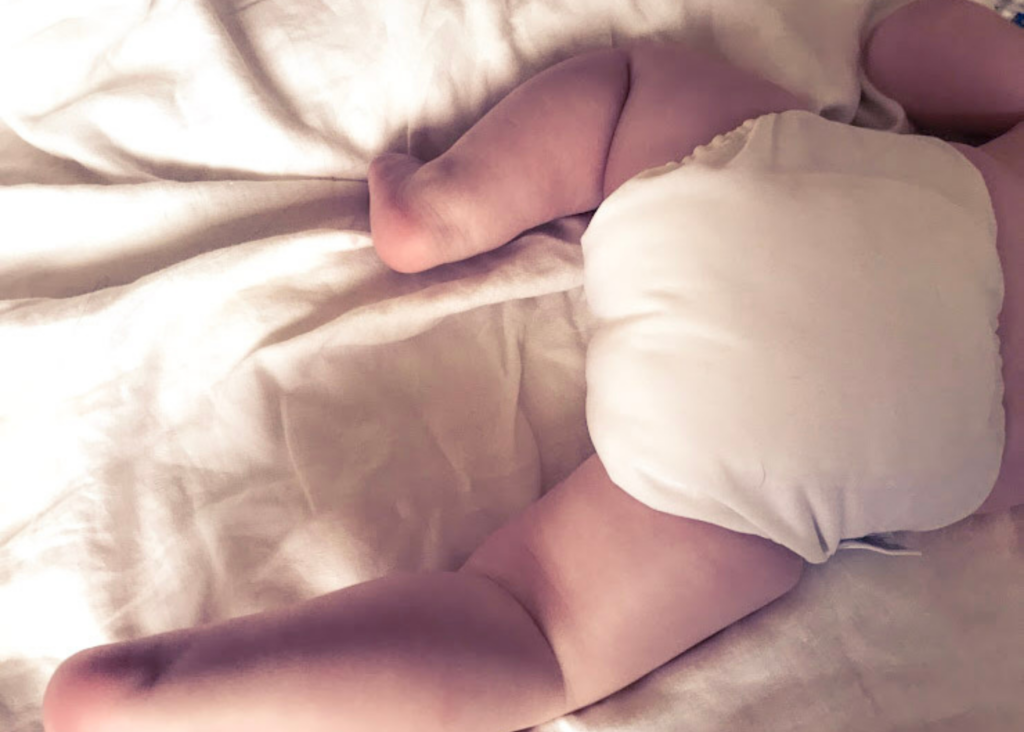How to Clean Your Home Naturally & Sustainably

A Big Guide To Cleaning Your House Without Toxins
You know that feeling you get after you deep clean a small bathroom? Not the “Wow! Look at how the faucets sparkle! I did a darn good job!” feeling. The woozy one. The, “I’m a little out of breath and dizzy” feeling. The “oh, I should probably get out of this bathroom or at least open a window” feeling. Yeah, me too. I know it all too well. Because I loved bleach and powder cleansers. I love the look of a freshly cleaned sink and a disinfected toilet and tub. I even love the smell.
For years, I believed that you couldn’t really get your house clean without using toxic products like bleach and Ajax. In the early days of F:S, I even wrote an article about using non-toxic cleaners most of the time but when you needed to deep clean, get out the heavy hitters (I wish I could find it, but it has been almost a decade!).
Clean Products are Cleaner
I was convinced that more natural, simpler, and healthier cleaners were not as effective. I was so wrong. They are they just as effective.
If you define “clean” as not only free of dirt and grime, but also free of toxins, they are much more effective.
And, while I still love that chlorine bleach smell, these smell much better!
Our homes are already a bit toxic. From the off-gassing of our carpets and furniture, to our air conditioners and refrigerators, the paint (even low and no VOC paints aren’t great), the dust, any mold, our homes are filled with things that can cause allergies, skin irritation, and worse.
We shouldn’t be adding to this toxic load with our cleaning products. We shouldn’t be cleaning our countertops and dishes with anything we wouldn’t eat. We shouldn’t be putting anything in our dryer that we wouldn’t want to breathe in (because we are breathing it in!). And we certainly shouldn’t be spraying toxins directly into the air!
And, with kids around, I really need our home to be clean, not just “clean” because when your little one uses his tongue as a broom to clean up the salt he spilled, you want to make sure he’s just getting the salt (and maybe a little dog hair) in his mouth, and not a whole host of unpronounceable, scary chemicals that are worse than the germs he is definitely picking up! Do your kids not do this? Well…lucky you ;).
My little guy also likes to “help,” and with traditional cleaners, I could not allow him to do this. And my littler guy likes to explore the bathroom cabinet. I feel great knowing that the worst thing he can swallow is some white vinegar. It might not taste great, but I won’t need to call poison control after!
What’s Wrong With My Cleaner?
A lot.
That dizzy feeling after cleaning a bathroom? Well… It isn’t good.
The ingredients in traditional cleaners are toxic. They can have immediate effects (like respiratory distress and eye irritation from bleach) to long-term risks (like cancer, endocrine disruption, compromised immune systems, and more). Most manufacturers don’t disclose all of their ingredients so there really isn’t a great way to know what they can do.
A few of the very unclean ingredients found in your cleaners:
- Bleach: kills germs (and a lot of other things that the body needs).
- Formaldehyde: carcinogens, endocrine disruptors.
- 1,4-dioxane: another carcinogen.
- Fragrance: oh god, fragrance. Fragrance is the ingredient that offends me the most (in all my products). It is an absolute unknown.
- Ammonia: well, you know how you feel when you smell ammonia in small doses, imagine what it’s long-term effects could be.
“Green” Cleaners are Not Always Less Toxic
And they are almost always more expensive.
Some green brands are great. I really like Whole Foods’ Green Mission brand and anything by Dr. Bronner’s. I also like Seventh Generation, Molly’s Suds, and Everspring.
Unfortunately, many other “green” brands are anything but.
There is a lot of greenwashing in the household cleaner aisle. Lots. Probably more than almost any other industry. There are so many cleaners labeled “green,” “natural,” and “non-toxic.” Unfortunately, because these words aren’t regulated, they can mean almost anything. There could be one drop of organic lavender essential oil in the cleaner and it can be labeled “natural” and “organic” while 99% of it is a mix of toxins and water.
Many of them also don’t properly disclose their ingredients. I feel pretty good saying that if a manufacturer isn’t telling me what’s in it, I probably don’t want it in my house.
How to Clean Your Home Naturally
Cleaning your house naturally is fairly easy. It takes a few swaps that are usually cheaper, definitely healthier and better for the environment. You don’t need to overhaul your entire supply of cleaning products, unless you want to, totally up to you.
Rather than throwing away everything and starting fresh, I recommend replacing as you go. But, if you have sensitive skin, asthma, have mischievous and clever toddlers, or are noticing the effects of harsh cleaning products, starting fresh might be the best way to go. This is one area that the effects can really be life changing, so if disposing of your toxic cleaners is going to be the difference between a healthy family and not, by all means, throw it all away! (but responsibly, of course!)
Cleaning a home naturally should never be harder than it is with conventional cleaners, so everything I recommend works as well if not better than their toxic counterparts, unless I note it.
Keep it Simple
The first step in to detoxing your cleaning routine is to eliminate unnecessary products (sound familiar)?
Most household messes can be cleaned with a bit of water, some elbow grease, and dish soap or vinegar. Just like the beauty industry, the cleaning industry is trying to sell us a product for every single thing. You don’t need them. But, you do need a few tools that will help all cleaners work. Start your non-toxic cleaning kit with a microfiber dust cloth, an abrasive sponge or brush, a squeegee if you have glass shower doors, and a good vacuum. Microfiber clothes alone can clean almost anything with nothing but a little water.
Eliminate a few of the worst offenders immediately: dryer sheets, air “fresheners” (they do the opposite), drain cleaners, fabric softener, and anything with fragrance. Then work your way through your other products and simplify as you go. A spray bottle of water and vinegar and a microfiber cloth will clean just about anything!
DIY Cleaners
Believe it or not, you only need a handful of things that you probably already have in your pantry and kitchen to clean your entire house. You can do everything from your dishes to your laundry with a few DIY recipes that are so clean you could eat them. These ingredients include:
- Vinegar
- Baking Soda
- Lemon Juice
- Hydrogen Peroxide
- Essential Oils
- Castile Soap
Well… those and a bit of elbow grease. From these things, you can make some really effective, completely non-toxic cleaners. Like, kids-licking-the-bathtub-level non-toxic, and sandwich-on-counter-tops clean.
Here are a few of my favorite recipes, but for the most part, you can just dilute, sprinkle, spray, and wipe!
Would Rather Buy Something?
For some of us, mixing up ingredients isn’t our thing. I get it. If you fall into that category, there are plenty of store-bought cleaners that are effective, smell great, and leave the toxins behind. If that is the case, the next step is getting familiar with the ingredients you want to avoid (just like with beauty!). And, again, just like with beauty products, buying products with ingredients you have heard of and can pronounce, and know what they do, will keep you safe.
The simpler the cleaner, usually the better.
If you don’t have time to read ingredients, take a look at the Environmental Working Group’s cleaning list. They rank every day products on an A through F scale and have tons of options that are rated an A.
A few of our family’s favorite household cleaners are Molly’s Laundry Detergent, Dr. Bronner’s Sal Sud’s All-Purpose Cleaner, and most of the Whole Food’s branded cleaners. I don’t make my own dish or laundry soap.
Switching to non-toxic cleaners is often easier than you think. And is so important for your family’s health. Once you do make the switch, the money saved and effectiveness of the cleaners will make going back to the conventional and highly damaging cleaners not even a consideration!
Next up: The only 6 things you need to clean your house naturally
Then: My favorite DIY cleaning recipes to get you started!

